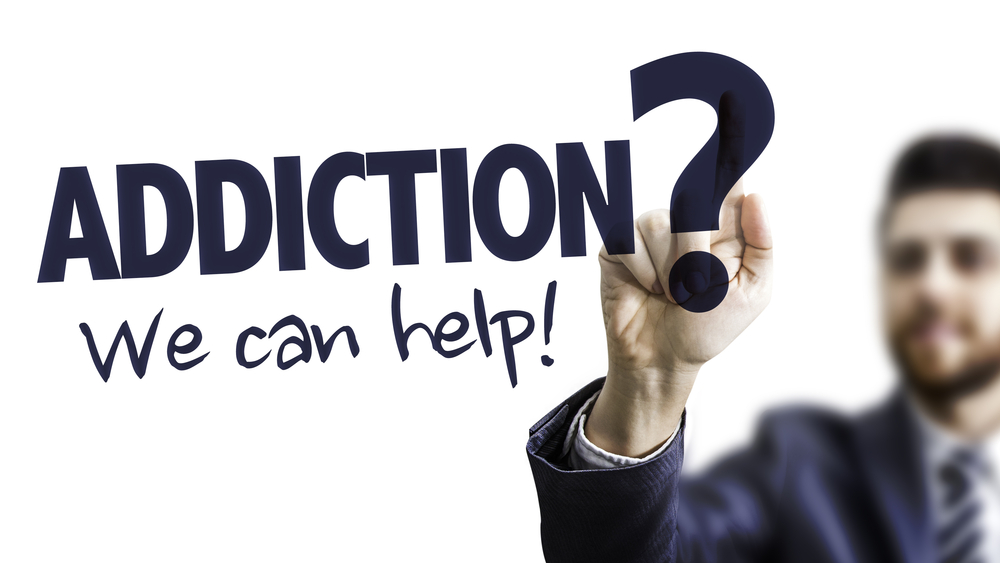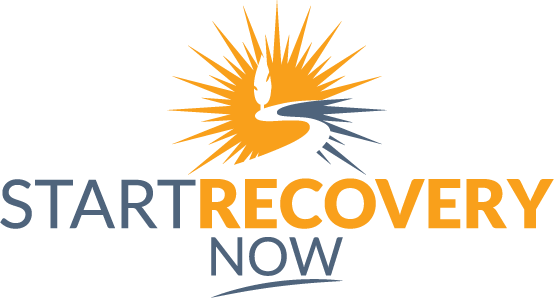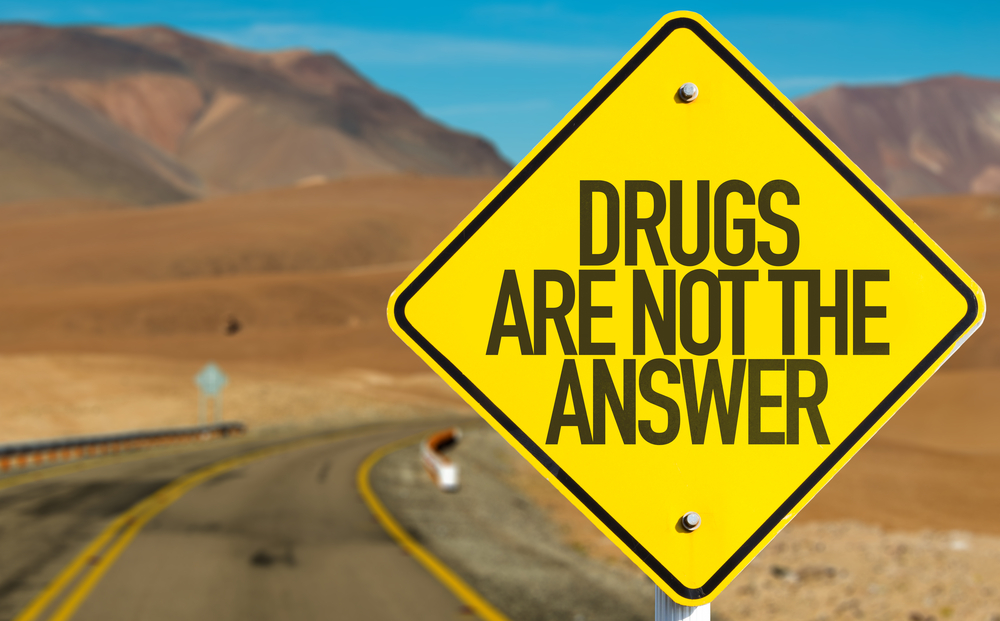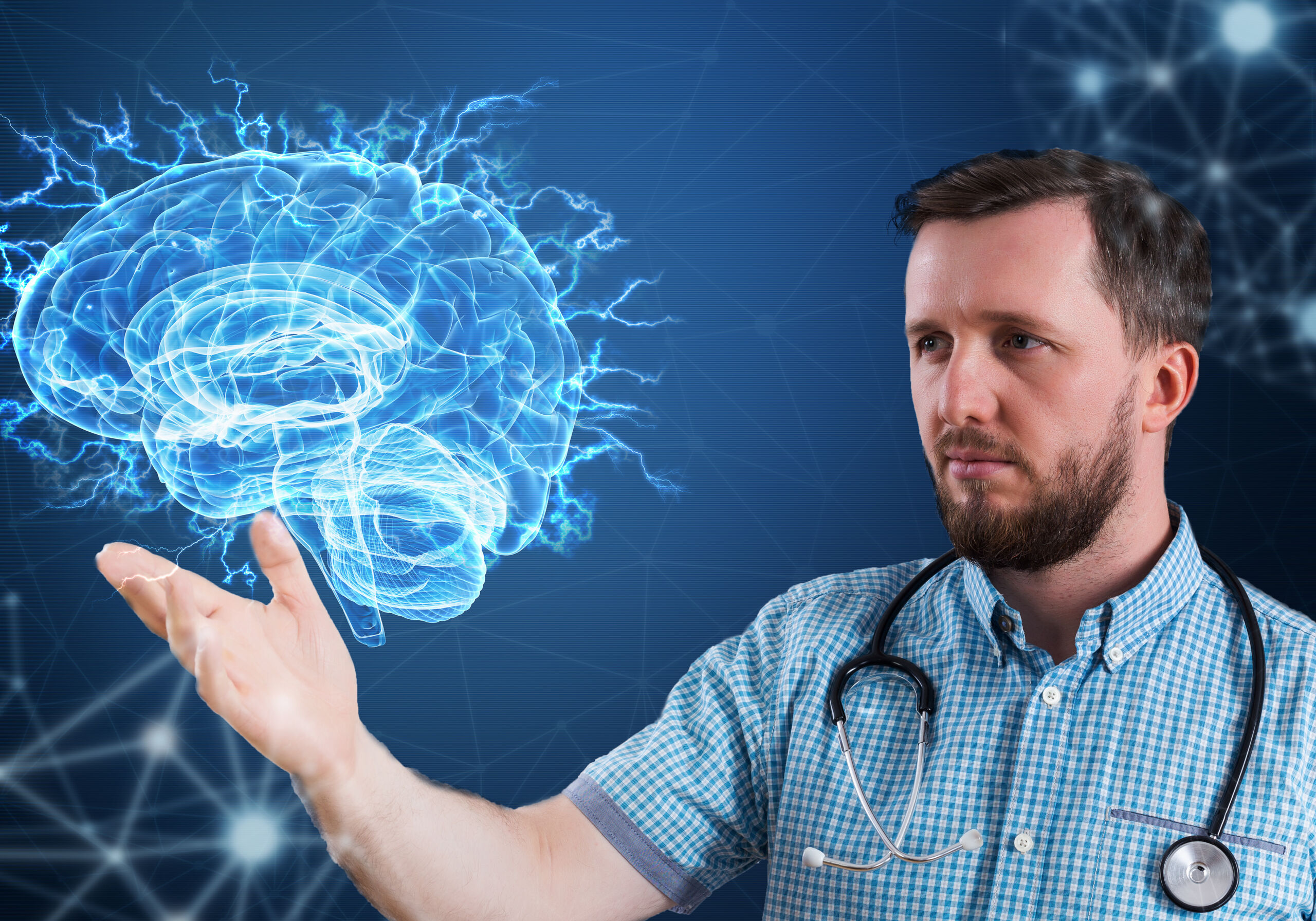Top Warning Signs of Substance Abuse and How to Address Them
Pinpointing the signs of substance abuse can be the catalyst […]
Pinpointing the signs of substance abuse can be the catalyst for life-saving conversations and interventions. This article details the key indicators to be aware of – physical, behavioral, and emotional – clearly and concisely. You’ll gain the necessary insight to identify substance abuse, arming you with the knowledge to act promptly and supportively.
Key Takeaways
- Early recognition of behavioral, physical, and emotional warning signs is critical for intervening in substance abuse issues.
- Substance abuse has wide-ranging impacts not only on individuals but also on their family and friends, disrupting normal family functioning and relationships.
- Effective treatment requires a comprehensive approach that includes support from healthcare providers, family, friends, support groups, and structured treatment programs, with emphasis on the importance of early intervention.

Recognizing the Red Flags of Substance Abuse
The journey to address substance use disorder begins with recognizing the warning signs. These signs can manifest in various forms, from physical changes to behavioral and emotional symptoms. Identifying the signs early can pave the way for effective intervention and treatment, potentially saving lives.
In adolescents, these red flags might appear as:
- Acting withdrawn
- Feeling tired
- Feeling depressed
- Acting hostile
- Changes in peer groups
- Absenteeism from classes
- Truancy
- Modifications in eating or sleeping patterns
The challenge lies in differentiating between typical adolescent behavior and signs of drug misuse.
Physical Indicators
It is vital to be aware of the physical appearance indicators of substance abuse. Observable changes in appearance, health, and hygiene can signal substance misuse, but the specifics can vary depending on the type of substance used. For instance, opioid abuse, a type of illicit drug, can result in visible:
- Sedation
- Memory impairments
- Slowed reaction times
- Lethargy
Marijuana use, on the other hand, often manifests in physical signs such as bloodshot eyes, droopy eyelids, and a relaxed demeanor, which may lead to bizarre and irrational behavior in extreme cases. Becoming aware of these physical signs paves the way for aiding a loved one battling with substance abuse.
Behavioral Changes
Behavioral changes can also be significant indicators of substance abuse. These represent abnormal shifts in a person’s regular patterns of behavior, which can include their habits, social circles, and daily routines. Substance abuse can also lead to mental disorders.
In adults, modifications in personal habits, social interactions, or daily routines could potentially indicate substance abuse, including alcohol use disorder. For instance, a sudden loss of interest in hobbies or activities once enjoyed, or changes in social circles, could be red flags.
Emotional Symptoms
Emotional symptoms can offer insights into an individual’s mental and emotional well-being, which can be impacted by substance abuse. Some common emotional symptoms, including withdrawal symptoms, are:
- Mood swings
- Anxiety
- Depression
- Irritability
- Agitation
- Restlessness
- Lack of motivation
- Feelings of guilt or shame
- Rapid or rambling speech can also be an indicator of substance abuse
Mood swings and irritability are frequently observed as emotional manifestations connected with substance abuse, particularly evident in individuals who misuse opioids or prescription drugs. These alterations could serve as a potential indication of an underlying battle with addiction. Secretive or suspicious behaviors can also be a sign of substance abuse.
Substance-Specific Signs of Abuse
While the general signs of abuse are crucial to understand, recognizing the specific signs associated with certain substances can provide a more nuanced understanding of the issue. Particular drugs are linked with specific signs of abuse.
For instance, synthetic cannabinoids can produce a ‘high’ similar to marijuana, but their unregulated nature and potential for unknown ingredients make their usage unpredictable and dangerous. Similarly, the use of substituted cathinone, commonly referred to as ‘bath salts’, can lead to:
- profound intoxication
- hallucinations
- paranoia
- violent behavior
- seizures
- even fatal consequences
Understanding these substance-specific signs of abuse can aid in the early identification of substance use, potentially preventing the negative consequences associated with long-term drug misuse.

Alcohol Abuse
Alcohol addiction comes with a unique set of signs and symptoms. Physical manifestations can range from flushed skin and broken capillaries to trembling hands and a huskier voice.
Beyond physical changes, addiction can significantly impact a person’s behavior and emotional well-being. Alterations in personality, enduring changes in behavior, and heightened feelings of depression are common among individuals battling alcohol addiction. Identifying these signs is a vital move towards assisting a loved one grappling with alcohol addiction.
Prescription Drug Misuse
Prescription drug misuse is a growing problem, with the signs often being harder to recognize due to the legal nature of these substances. Barbiturates and benzodiazepines, both classified as central nervous system depressants, are frequently misused. This misuse can lead to serious health consequences. A person misusing these drugs may display the following signs:
- Uninhibited behavior
- Dizziness
- Depression
- Blurry vision
- Balance problems
- General confusion
If you notice any of these signs in yourself or someone you know, it is important to seek help and support from a mental health professional.
Prescription stimulant abuse can be characterized by the following signs:
- Increased energy and alertness
- Euphoria
- Increased heart rate and blood pressure
- Decreased appetite
- Insomnia
- Agitation
- Irritability
Identifying these signs is key to stepping in and helping a loved one battling with prescription drug misuse.
Illicit Drug Use
Recognizing the signs of illicit drug use can be challenging due to the wide variety of substances and their varied effects. For example, marijuana abuse can lead to a disorder and an inability to cease using the drug despite its detrimental effects on health, which is a clear indication of drug abuse.
The use of club drugs, such as MDMA, ecstasy, or GHB, can lead to long-term harmful effects, including an increased risk of sexual assault. Early identification of these signs can play a significant role in assisting someone battling illicit drug use.
Impact on Family and Friends
Substance abuse doesn’t just affect the individual struggling with addiction but also their family and friends. It can significantly disrupt family dynamics, affecting:

Young Woman Having Counselling Session
- Attachment
- Rituals
- Roles
- Routines
- Communication
- Social life
- Finances
The emotional impacts on friends and family can lead to strain, conflict, and potential disruption of harmonious family dynamics. Substance abuse can also lead to an environment of secrecy, loss, conflict, violence, or abuse, and emotional chaos. Identifying these impacts can be a vital move in providing support to a loved one waging a battle against substance abuse.
Steps to Help a Loved One Struggling with Substance Abuse
Armed with knowledge about the signs of substance abuse, you may wonder how to help a loved one who is struggling. An intervention is often an effective starting point. It serves as a structured opportunity to make changes before things deteriorate and can act as a catalyst for someone to seek or accept help.
Individuals who can participate in an intervention include:
- Family members
- Friends
- Co-workers
- Clergy
- Other individuals concerned about the individual grappling with addiction
The goal is to engage in a direct, sincere conversation about the repercussions of addiction and encourage them to consider treatment.
Treatment Options for Substance Abuse
Helping a loved one recognize their substance abuse problem is just the beginning. Following this, it is necessary to delve into the available treatment options. Drug addiction can be effectively addressed through:
- the support of healthcare providers
- family and friends
- support groups
- an organized treatment program
To ensure the treatment plan is effective, both medical detox and therapy must be integrated to address the root causes of substance abuse. This comprehensive approach can help individuals achieve long-term recovery. The earlier the intervention occurs, the higher the likelihood of achieving sustained recovery.

Meeting Of Support Group
The Importance of Early Intervention
The importance of intervening early in the process cannot be overemphasized. A prompt request for help and early intervention is vital for maximizing the chances of successful recovery as substance use disorders pose serious risks to life.
The long-term effects of substance abuse on physical health can include organ damage, such as liver or kidney damage. Substance abuse can also lead to mental health issues such as anxiety, depression, and psychosis. These potential consequences further underscore the importance of early intervention.
Overcoming Stigma and Encouraging Open Dialogue
Stigma and negativity linked to the terms ‘addiction’ and ‘abuse’ can deter individuals from seeking assistance. Overcoming this stigma and encouraging open dialogue can significantly contribute to creating a supportive environment for those struggling with substance abuse.
Using positive language, such as person-first terms like ‘person with a substance use disorder,’ emphasizes the individual rather than the illness. Education is pivotal in diminishing stigma as it enhances public awareness about substance abuse, disseminates information, and spotlights inspiring recovery stories.
Frequently Asked Questions
Which of the following are signs of substance abuse?
The signs of substance abuse can include changes in appetite, bloodshot eyes, sudden weight loss or gain, and tremors, which can indicate a potential problem with addiction. It’s important to pay attention to these warning signs and seek help if you or someone you know is experiencing them.
What are the 4 primary symptom clusters of substance abuse?
The primary symptom clusters of substance abuse include impaired control, social impairment, risky use, and pharmacological criteria such as tolerance and withdrawal. These are the key indicators to watch out for if you suspect someone is struggling with substance abuse.
What are the 4 stages of substance abuse?
The four stages of substance abuse are experimentation, regular use, risky use/abuse, and drug addiction and dependency. It’s important to recognize them to understand the progression of addiction.
What are example signs of substance abuse?
Substance misuse can include behaviors like consuming more sleeping pills than prescribed or using drugs to manage mood or induce a high, which can be harmful to one’s health. Whether through overindulgence in alcohol, misuse of prescription medication, or use of illegal drugs, such behavior can have serious consequences.
How does substance abuse affect the family and friends of the individual?
Substance abuse can disrupt family dynamics, affecting attachment, rituals, roles, and routines, leading to an environment of secrecy, loss, conflict, and emotional chaos for the family and friends of the individual.




